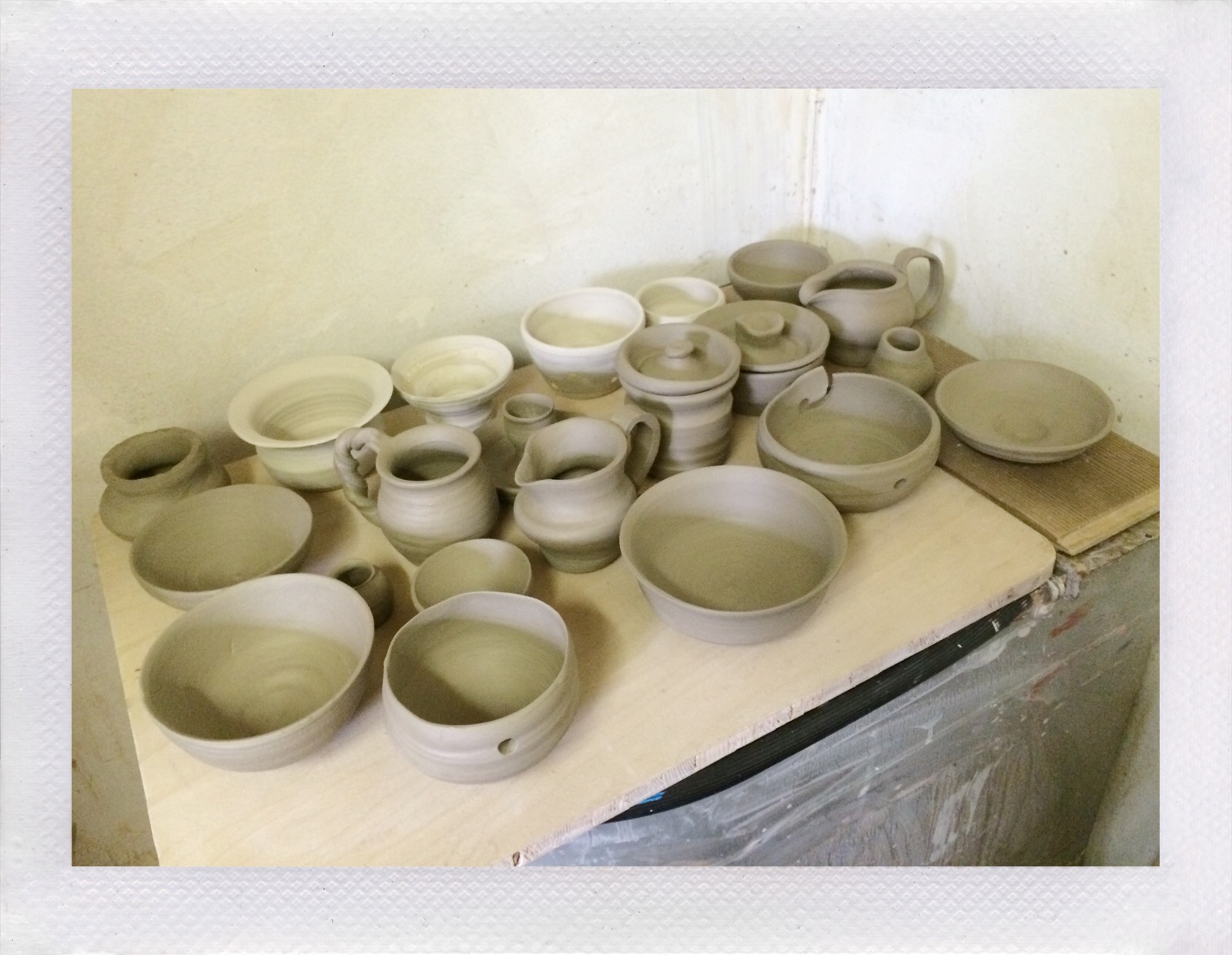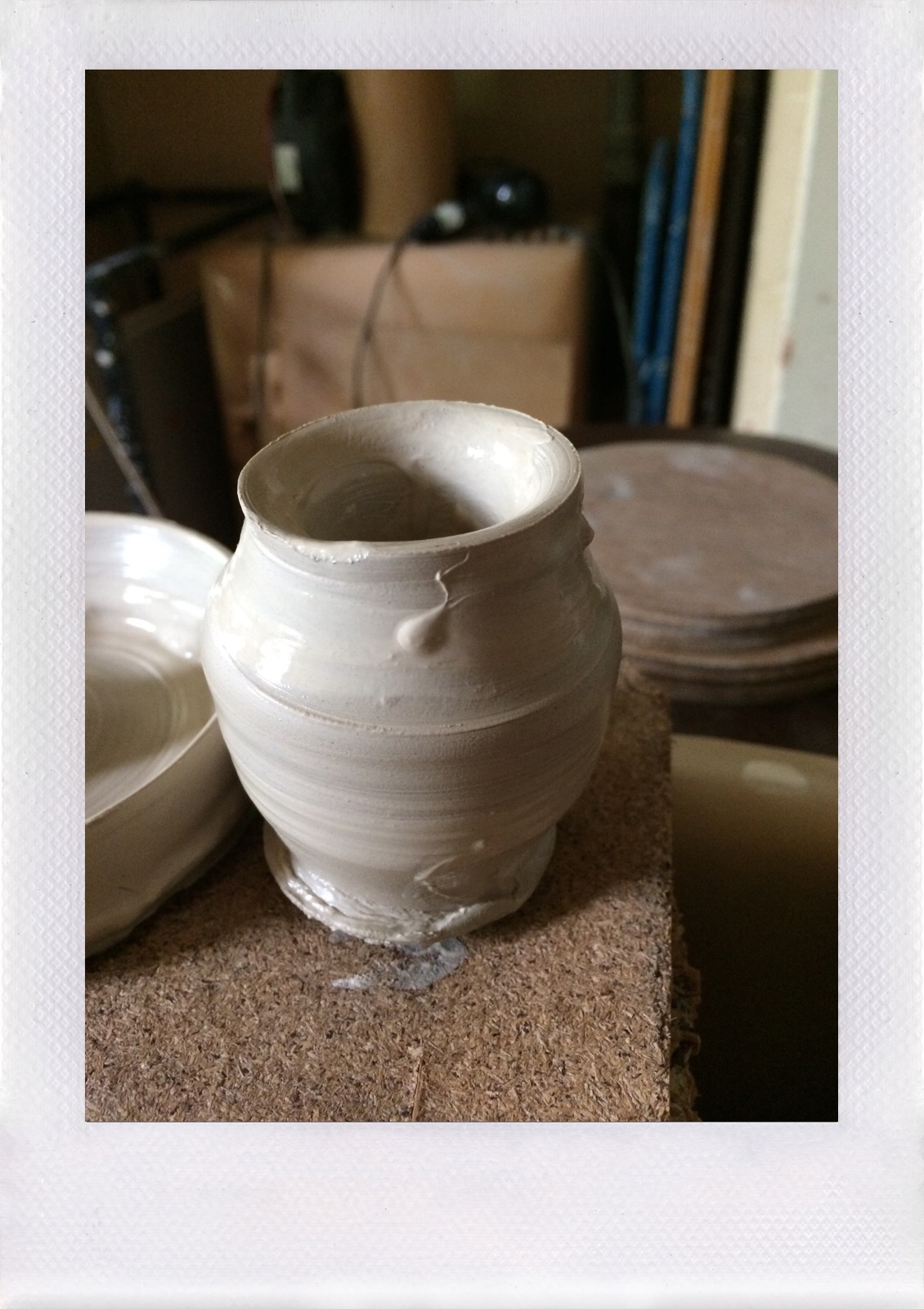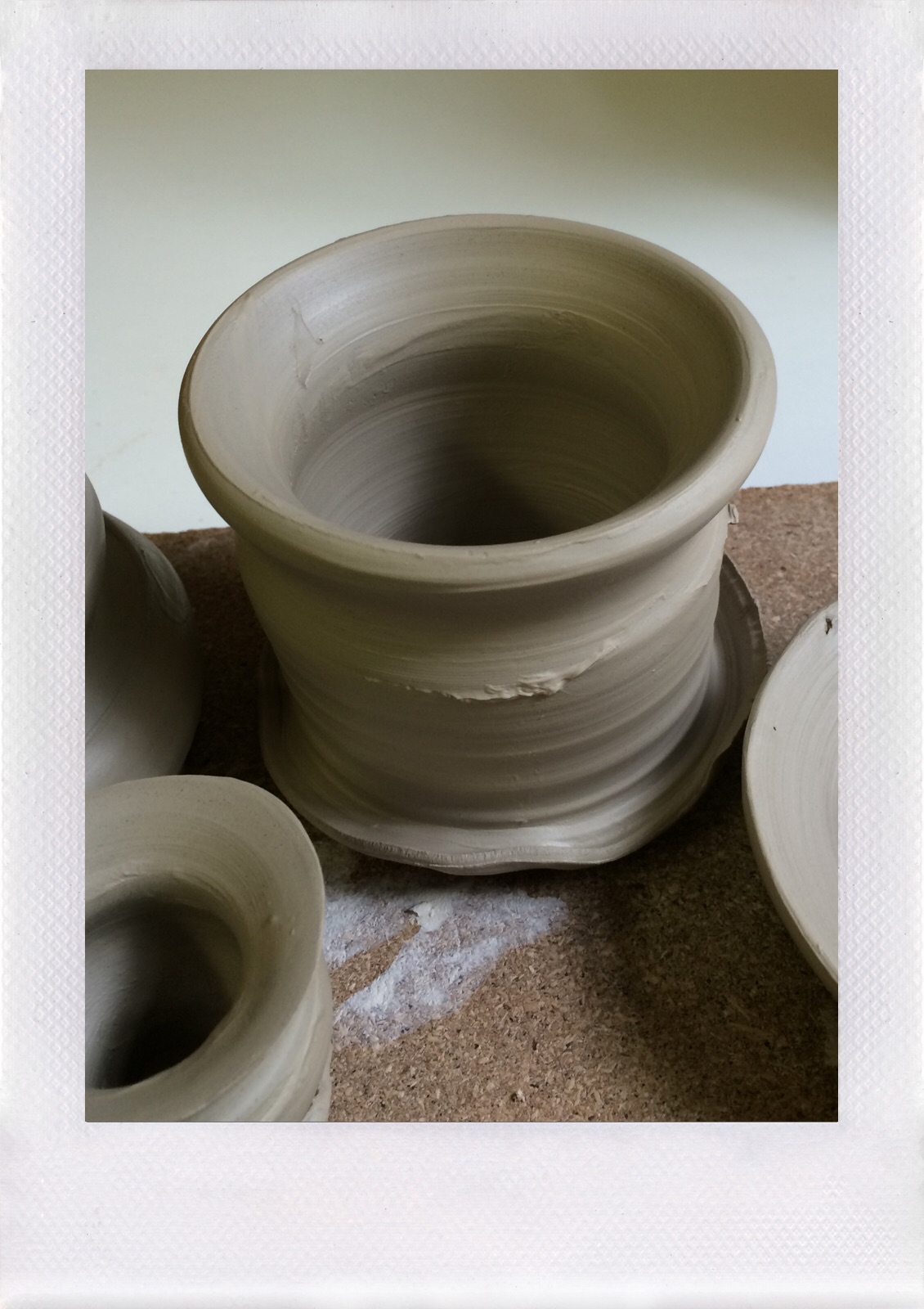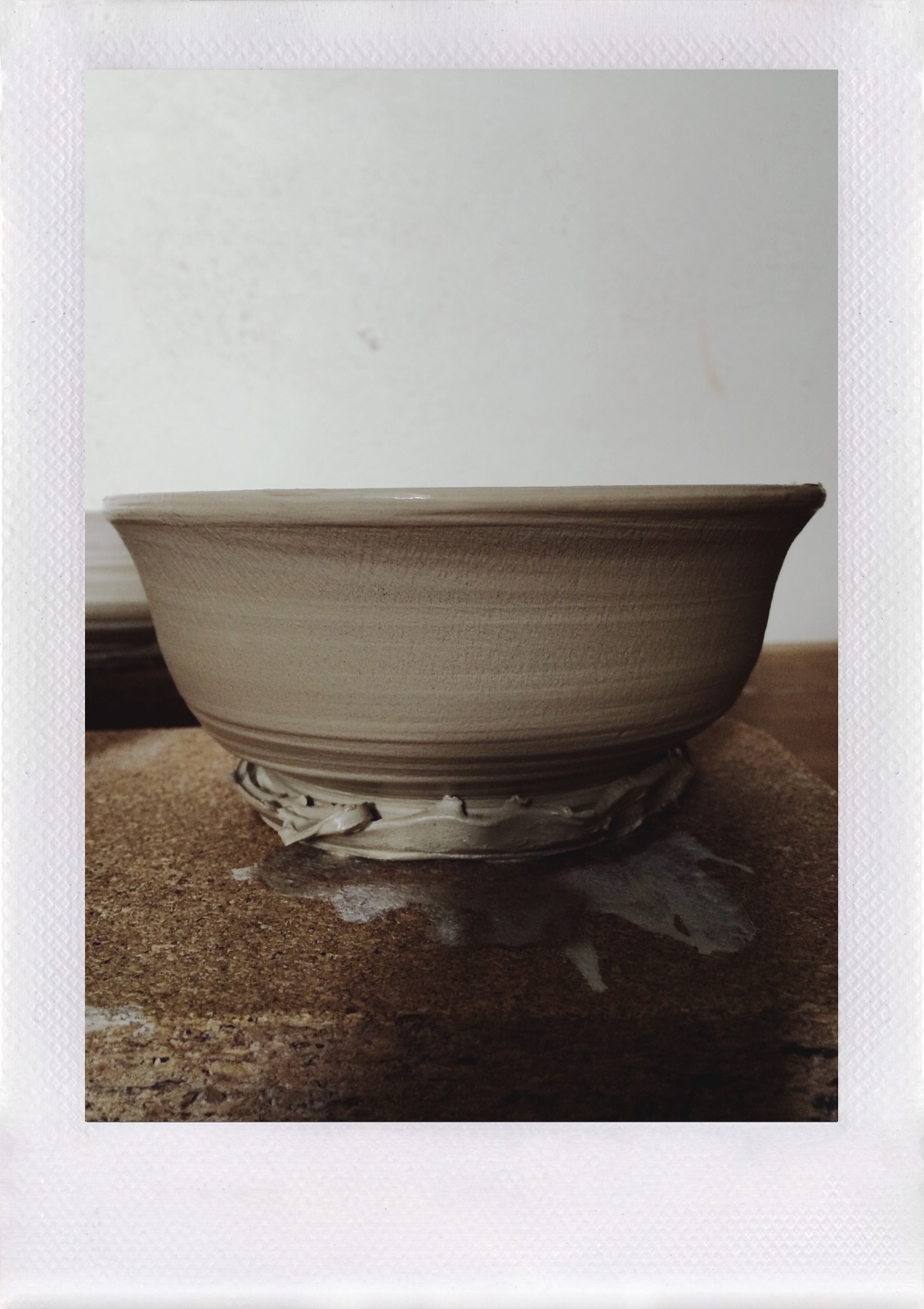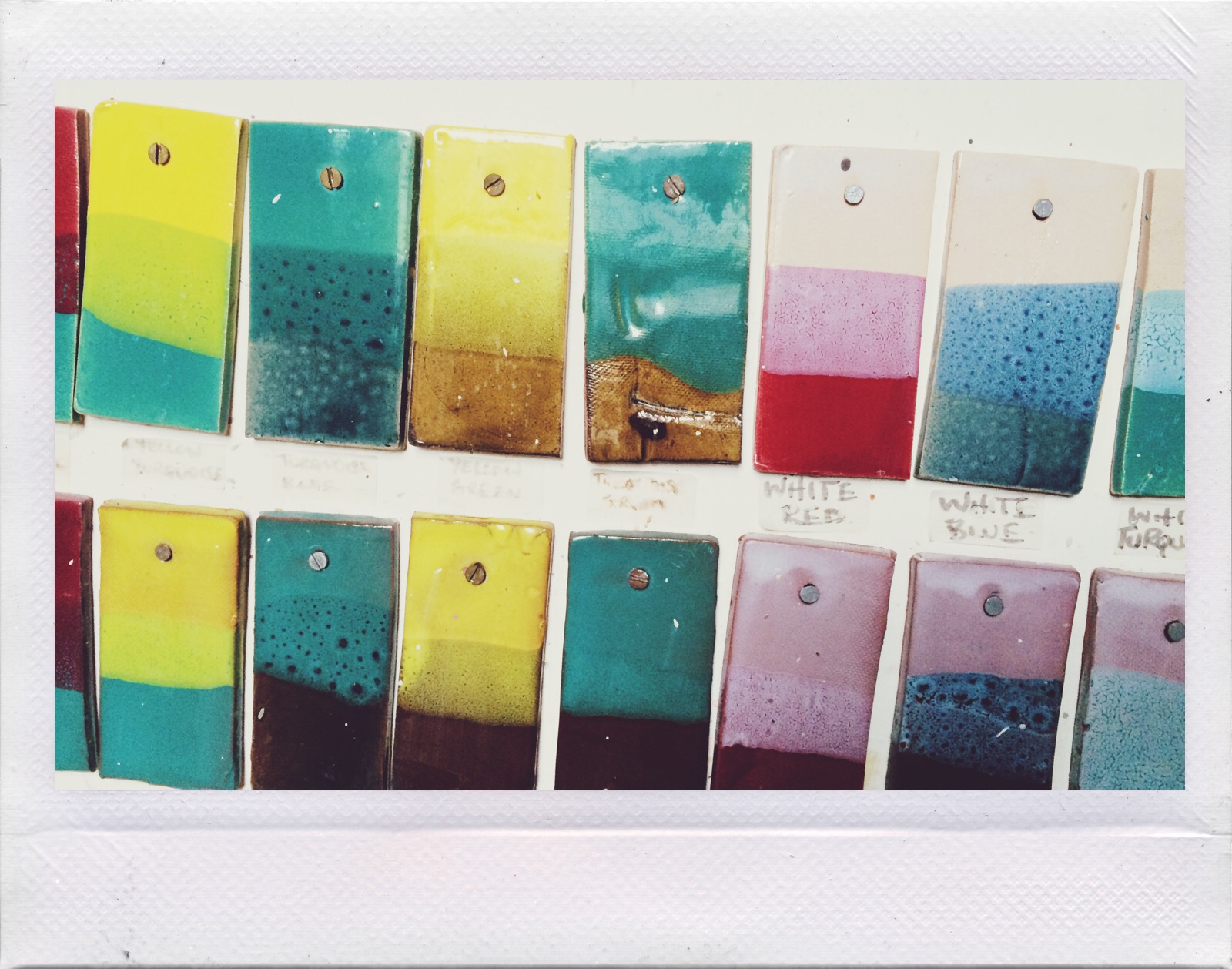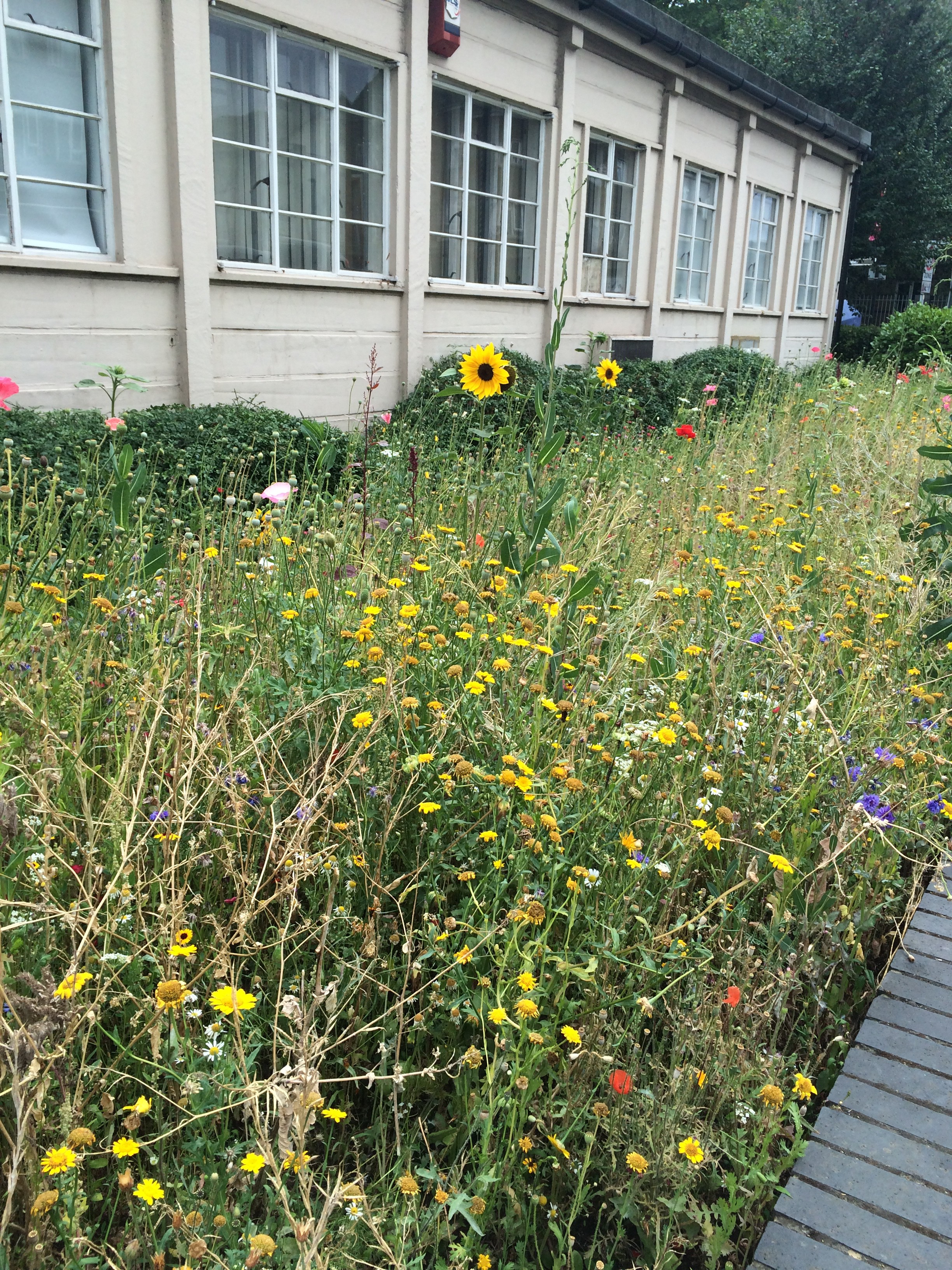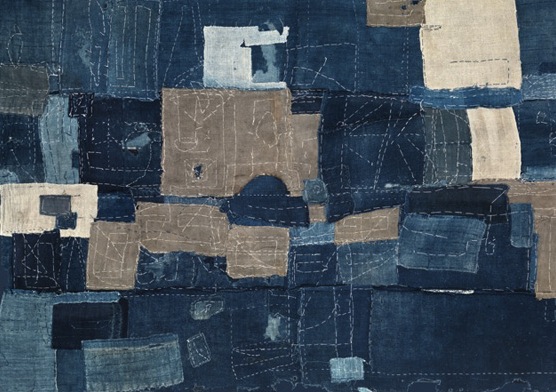
Oh my! We have made it to the end of the week and I think that this might have actually been the longest day ever! Tomorrow I’m going to a class at Somerset House, I am so excited. I am going to learn the art of Shibori, which is a series of Japanese dying methods, that involve manipulating the fabric before you dye it to create patterns. I am also going to see the Boro exhibition. See Somerset House’s write-up below:
This April Somerset House will host an exhibition on the Japanese textile tradition of boro. Translated to ‘rags’ in English, boro is the collective name for items – usually clothing and bed covers – made by the poor, rural population of Japan who could not afford to buy new when need required and had to literally make ends meet by piecing and patching discarded cotton onto existing sets, forming something slightly different each time they did so. Generations of Japanese families repaired and recycled fishermen’s jackets to futon covers, handing them down to the next and weaving their own sagas and stories through the threads.
Boros are seen to have significant sociohistorical status by providing an insight into the modest lives of those that made them and a snapshot of the country’s impoverished past. Boro will showcase 40 historic boro pieces in a new light within Somerset House’s East Wing Galleries from a collection never before displayed and compiled over six years by antiquarians Gordon Reece and Philippe Boudin.
In the cold climate of northern Japan, cotton could not be cultivated and for the largely poor population that lived in the rural landscape there, it was an expensive luxury to transport it to them. When boats arrived to the northern ports from south of Osaka, they were carrying discarded cotton from the central coastal cities where it was more affordable to commoners but only available in shades of blue, grey, black and brown – colours permitted to them under strict sumptuary laws of the period (more opulent colours were the reserve of the aristocracy). Here they could trade the pieces of cotton for fish or seaweed, taking them home to be patched onto worn-down workwear or frayed futon covers. As Japan’s society shifted towards industrialisation and urbanisation in the early twentieth century, the patchwork practice faded and many boros were simply thrown away, acting as a painful reminder of a poverty-stricken past.
Despite still being looked upon unfavourably in Japan today, boros have now become highly collectible in Western cultures. After almost a century of being boxed up or buried away, they are now being brought back into society but this time as a decorative rather than durable and practical piece.
I am thrilled to go on this course. I have been reading about Shibori techniques for a while now and this will be a wonderful opportunity to do it firsthand.
I hope that you have a wonderful weekend wherever you may be.
